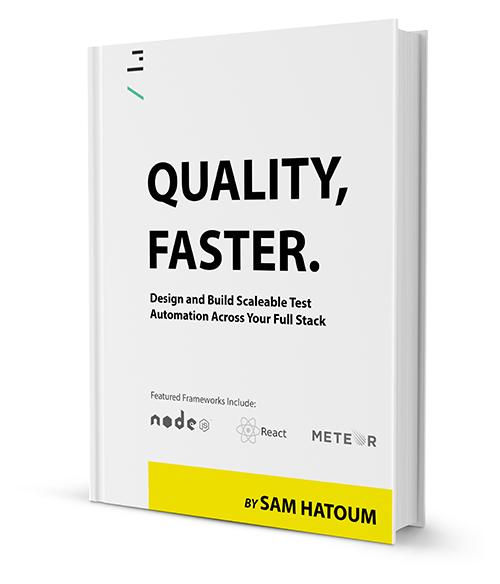Configuration
For the advanced folk
Chimp and the integrated packages are all configurable through the command-line. Although Chimp is somewhat opinionated, it tries to be as flexible as possible for advanced users.
See the default Chimp configuration file for the available options. You can provide any of the options in that file via the command-line also by prefixing the listed option with --.
// Example configuration to use browser located into non standard path
module.exports = {
seleniumStandaloneOptions: {
seleniumArgs: [
'-Dwebdriver.firefox.bin=/Applications/FirefoxNightly.app/Contents/MacOS/firefox-bin'
]
}
}
Using a Configuration File
If you would like to use a configuration file, you can simply place a chimp.js file in the directory that you run Chimp from.
You can also name your configuration file, but be sure to include the word chimp inside it, and pass it in as the first parameter after the test runner, for example:
chimp config/chimp-ci.js
Using Meteor?
If you are using Meteor, you will not be able to put the configuration file in the root directory of your project as Meteor will compile and run it, which results in a module.exports is not defined error.
You can get around Create a directory such as .config inside your Meteor directory and you can place a configuration file in there, like this:
<meteor app>
├── .config
└── chimp.js
Then you can run Chimp with:
chimp .config/chimp.js
Be sure the config file is the first parameter you pass to Chimp that the config filename contains the word chimp.
Chimp argument passing syntax
You need to pass arguments always with an equal sign like
--tags=@focusto Chimp.
For Cucumber pass-through options, see here:

##Learn the Fundamentals of Testing, Specifications and Become a Chimp Ninja!
Checkout our new book where you can learn how to can use Chimp across the Full Stack from React to Node.JS, Mocha, Meteor and more.
Quality, Faster. By Sam Hatoum, creator of Chimp.
Updated less than a minute ago
